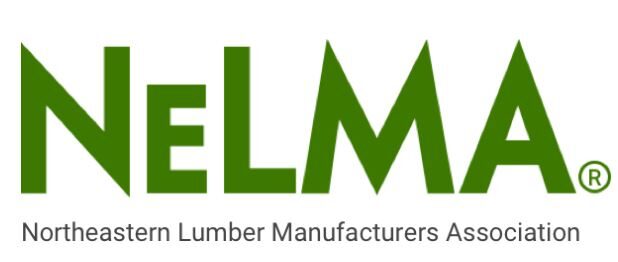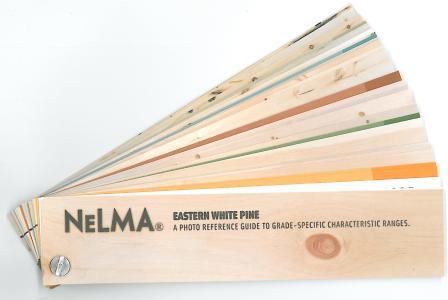
A series of sophisticated modern forestry techniques effectively mimic the state of old-growth forest habitats to boost their carbon absorption rates, helping to mitigate climate change and increasing their monetary value. That doesn’t mean these conventional timberlands aren’t still growing and harvesting trees for sale as logs – they’re just growing faster. The techniques harvest timber in a way that mimics natural disturbances of old forests, like wind storms, releasing the crowns of large older trees by cutting less vigorous trees around them.
That gives those older trees lots of sunlight so they grow new wood and leaves faster than usual, and in turn, store more carbon dioxide so it isn’t released into the atmosphere. The ‘structural complexity enhancement’ technique, or SCE, shows dramatically higher levels of carbon storage than conventional ‘single-tree’ and ‘group’ harvest selection techniques – and they increase biodiversity, too.
This approach keeps more carbon on-site, even when accounting for the life cycle of carbon in wood products. The carbon storage factor could prove to be profitable for landowners who not only manage forests to sell logs, but could also earn money in the ‘carbon markets’ that have been sprouting up around the United States and the world.
The study, carried out over two decades on northern hardwood and mixed hardwood-conifer forest plots on the side of Mount Mansfield in northern Vermont, was published in the journal Ecosphere on April 6th, 2017.
“We were very surprised that the growth rate of trees in the structural complexity areas exceeded the areas with conventional treatments,” says University of Vermont forest ecologist Bill Keeton, who co-led the study. “This overturns previous dogma that more heavily thinned areas would have faster growth that would sequester carbon more rapidly than old trees.”


